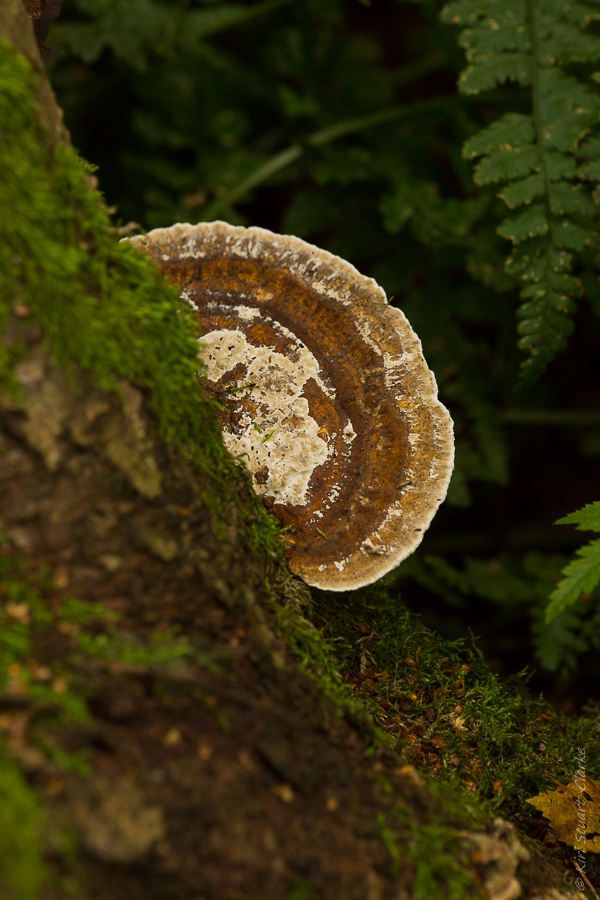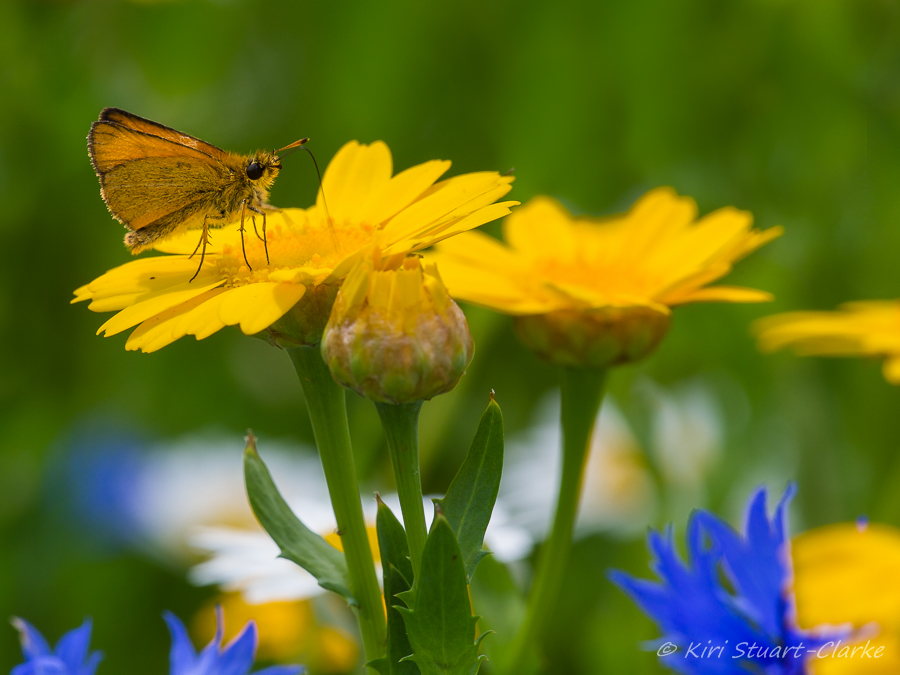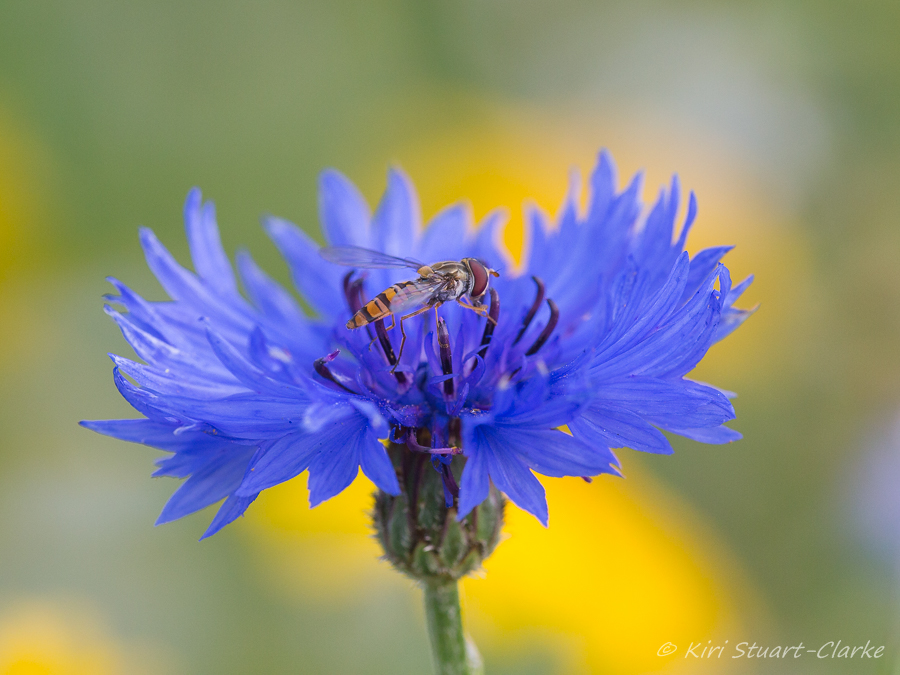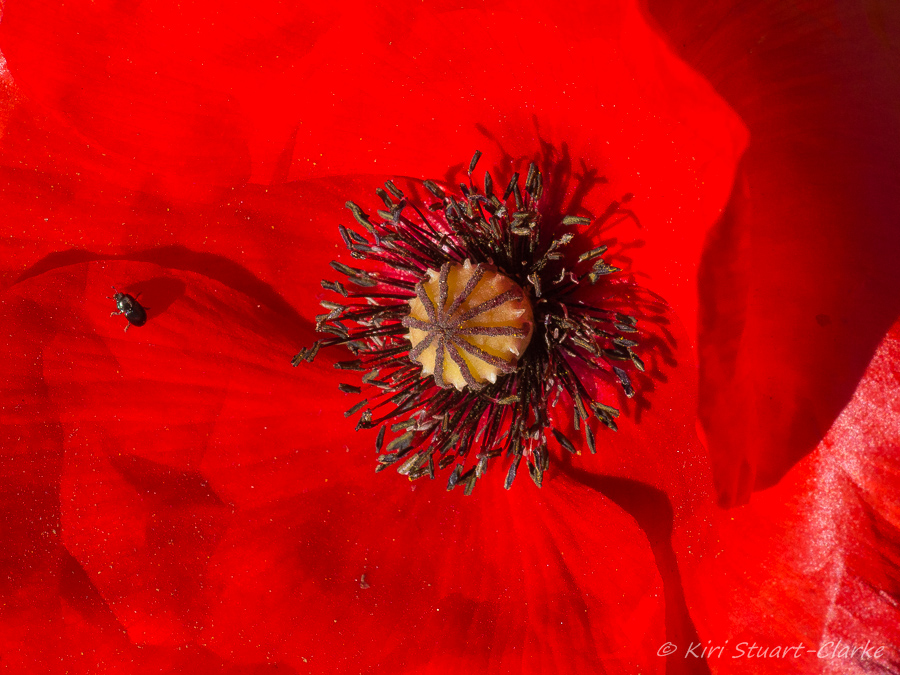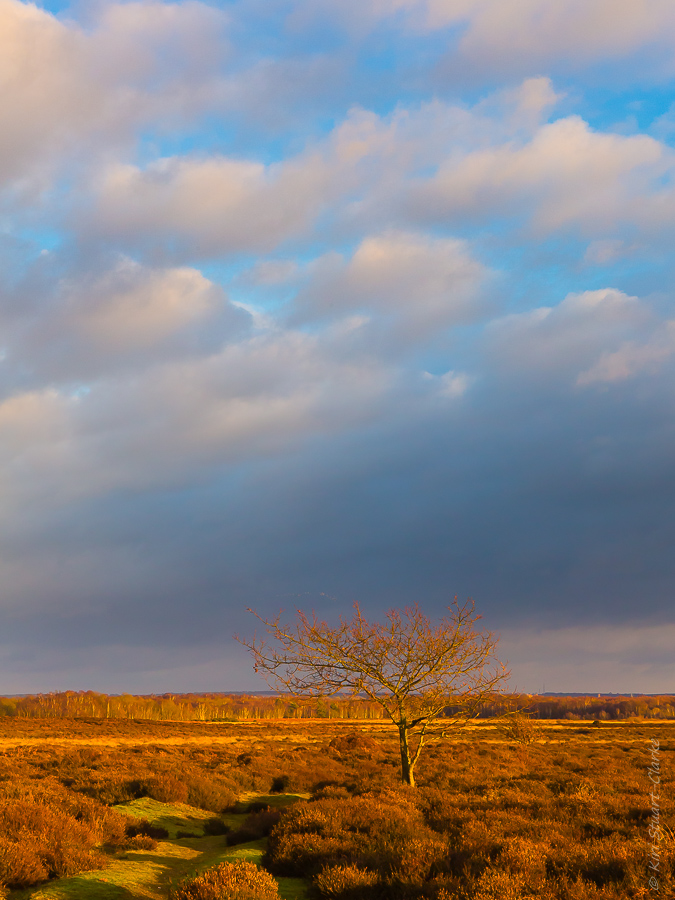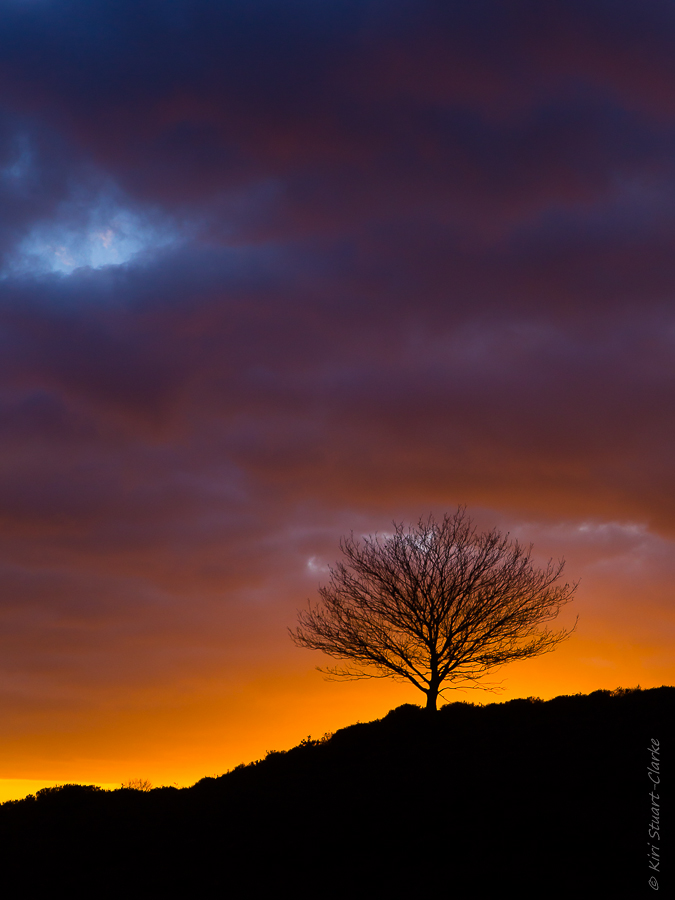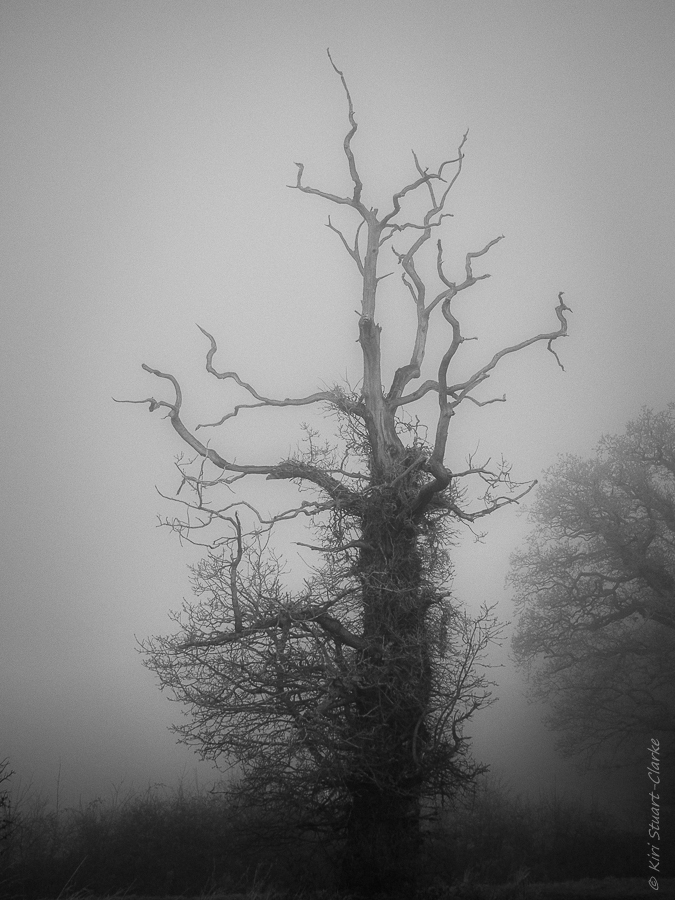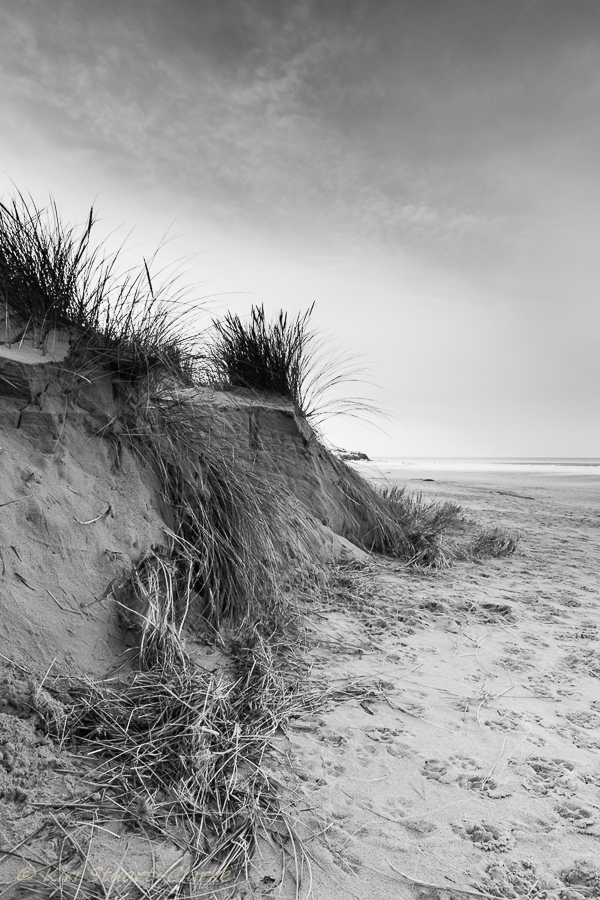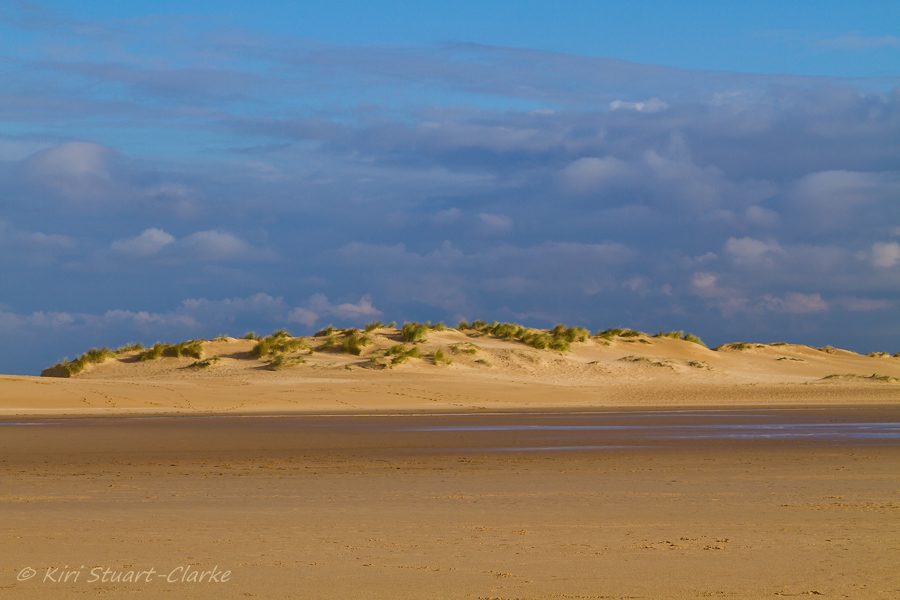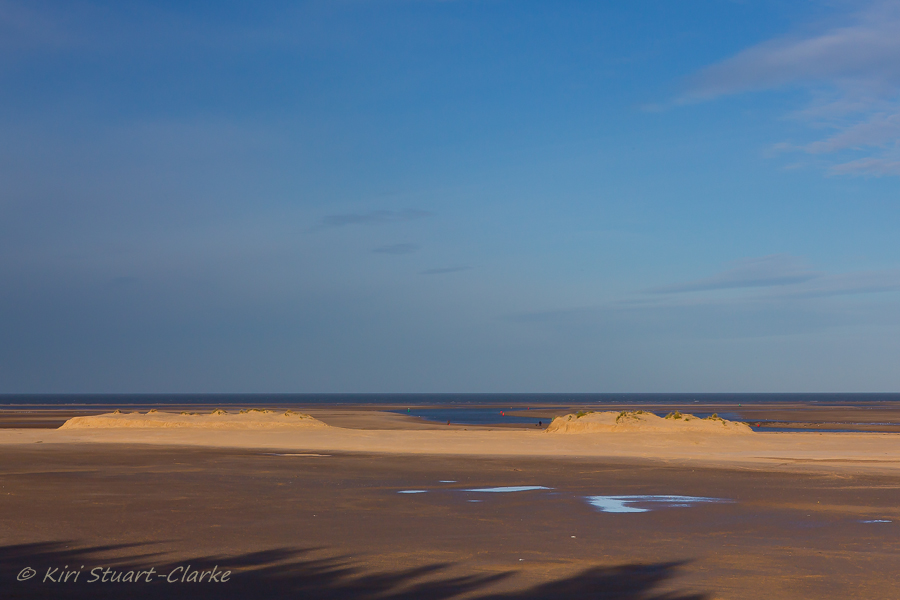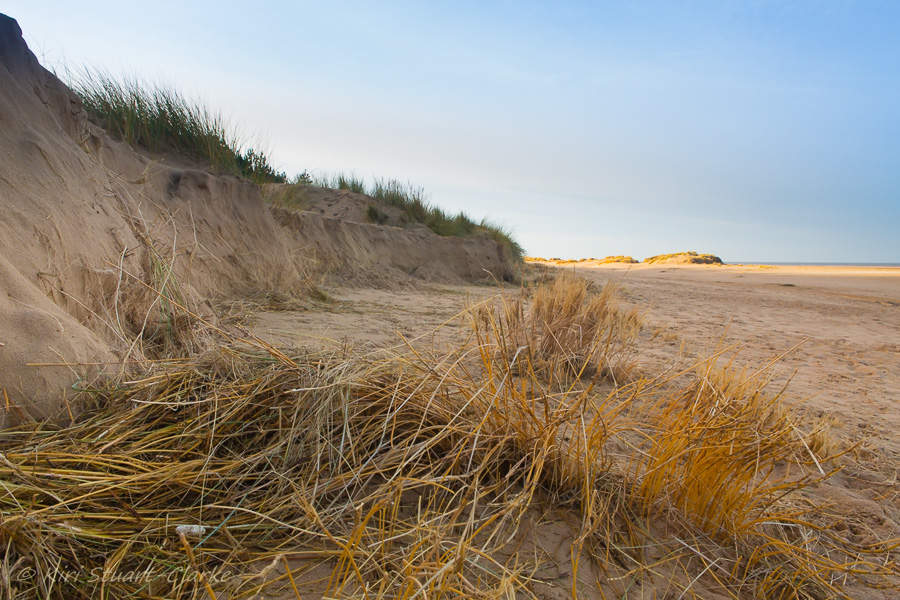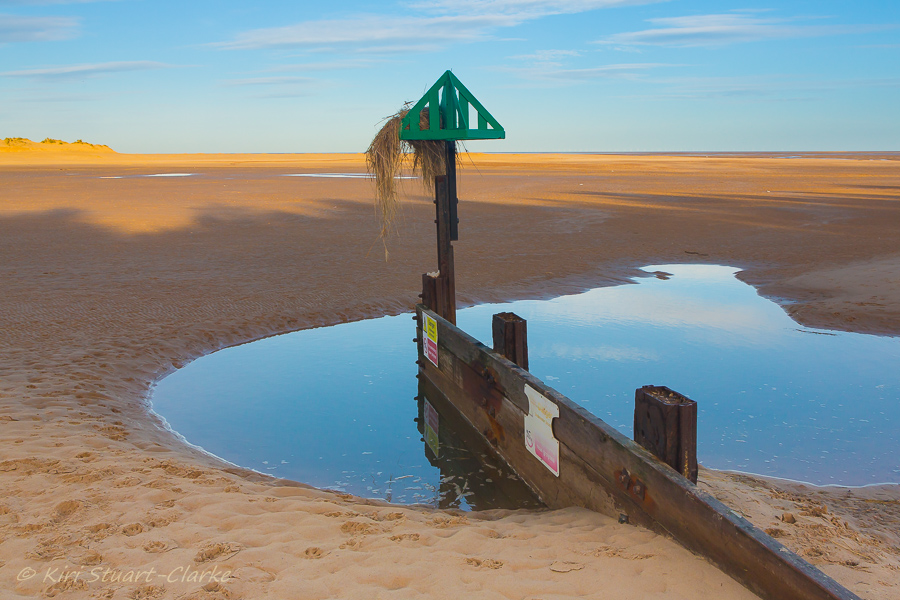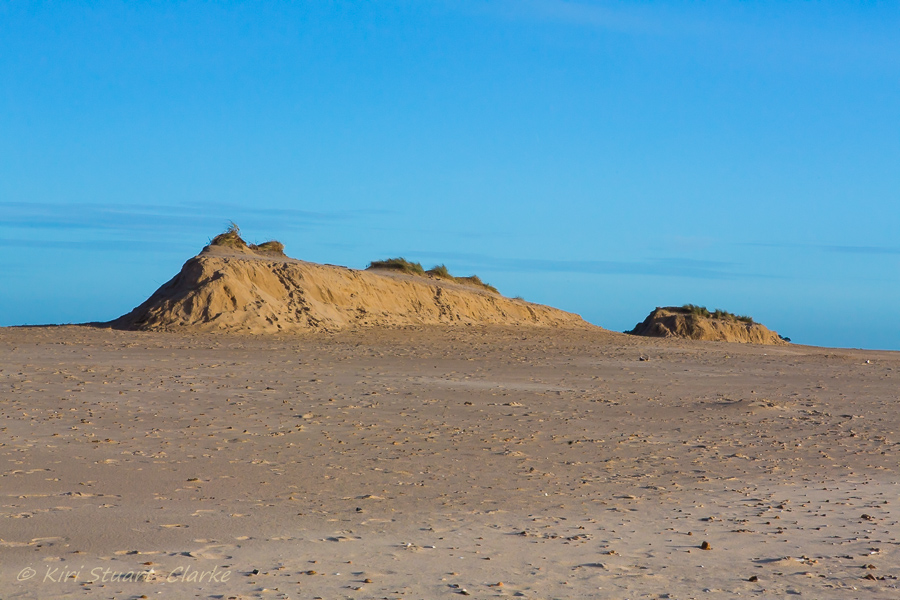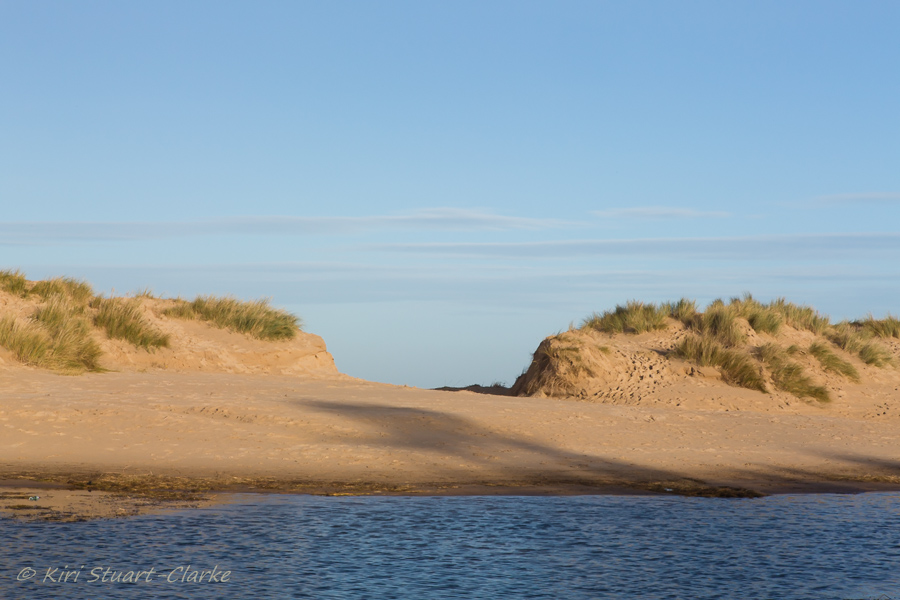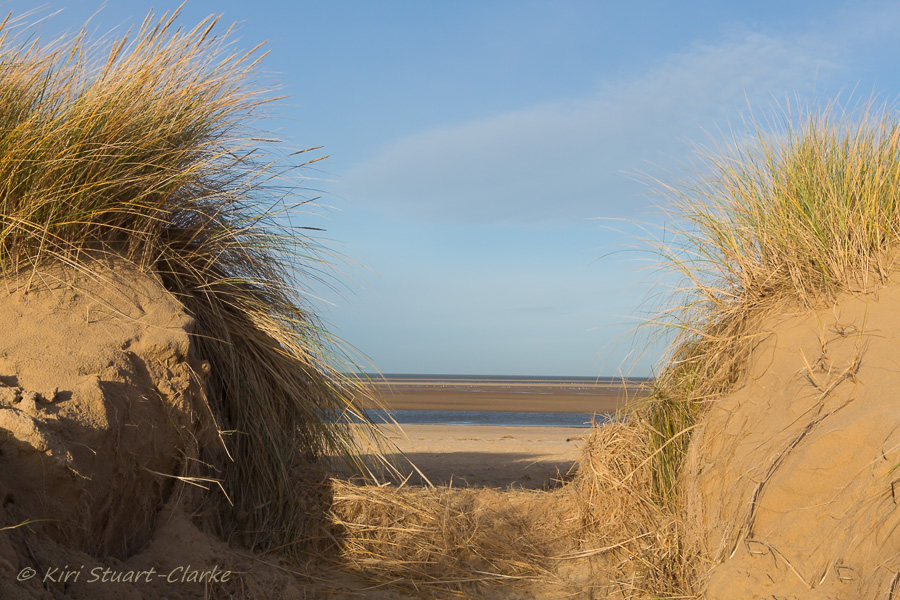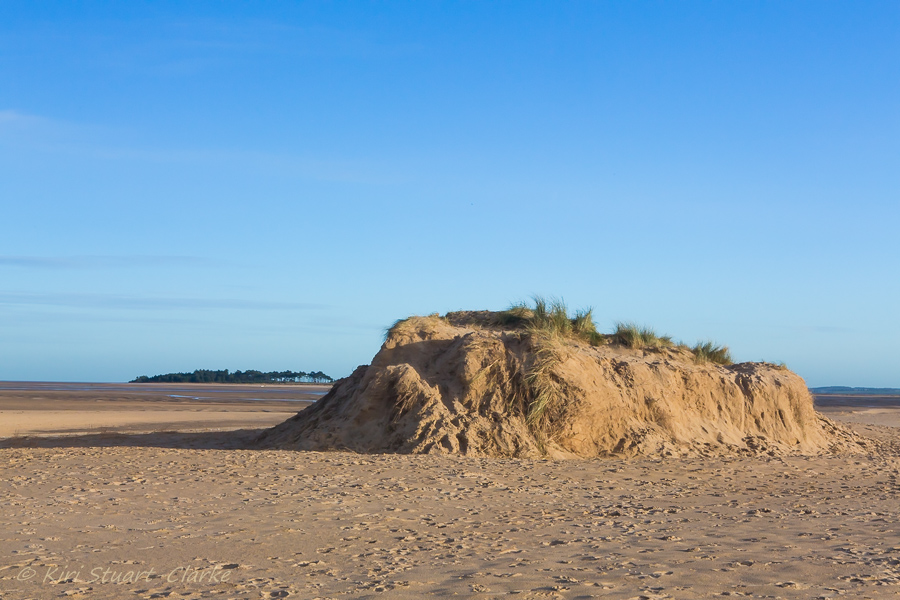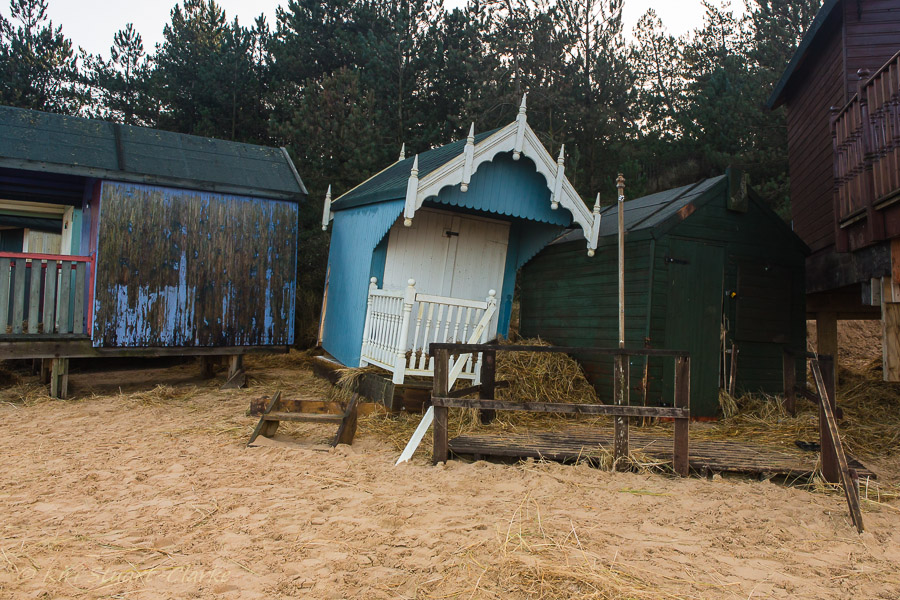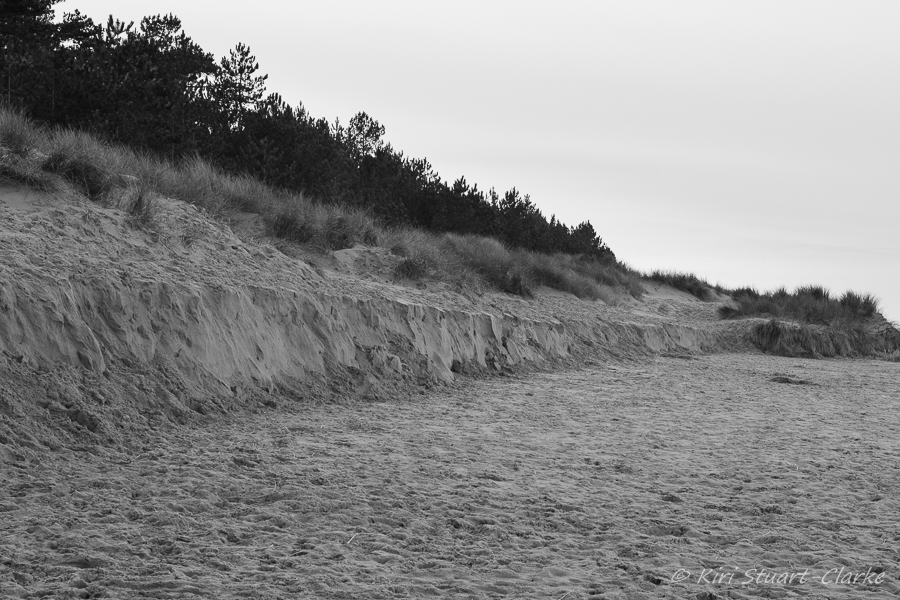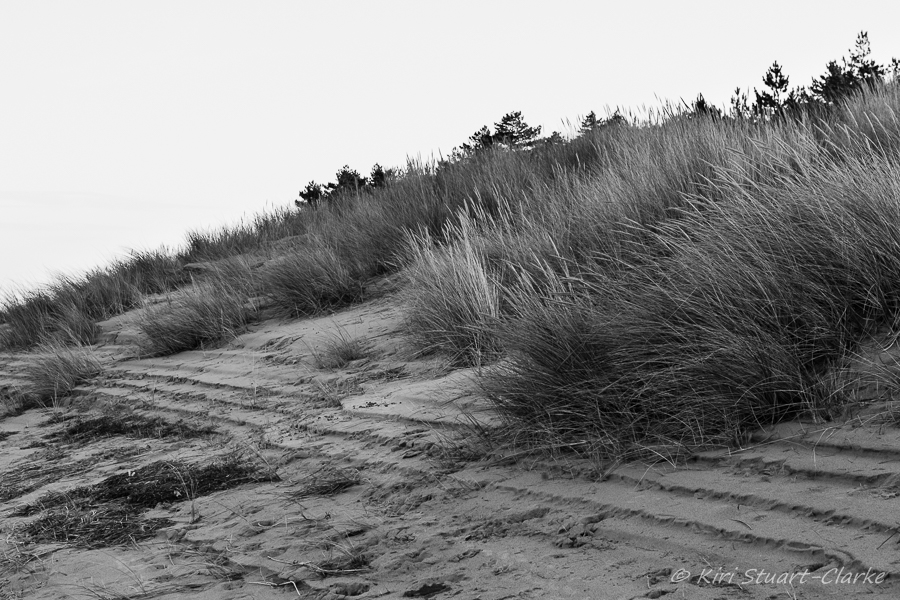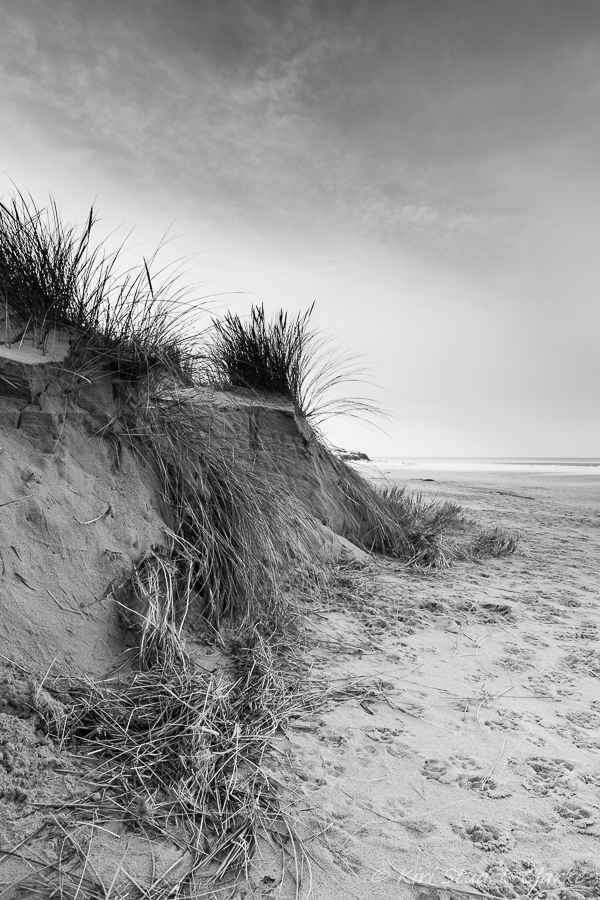On a boat trip in Tenerife I was fortunate to have my closest ever short-finned pilot whale (globicephala macrorynchus) and bottlenose dolphin encounter on a gloriously sunny December's day. They are so giant and yet so graceful in their element that it is always magical experience for me to gain a fleeting glimpse into their mysterious life that is so very very different from our own.
I had taken a trip once many years ago for only a distant fleeting sighting and that was what I was expecting again this time, so I was quick to grab a backlit fairly distant shot at the first sight of a pilot whale dorsal fin. The notches and marks on a cetacean's dorsal fin are unique to every individual and are used as key identifying marks for scientists researching the pilot whale pods in Tenerife
But I was in luck, the pilot whale pod ventured much closer. As I watched them spout water from their blowholes I saw that the droplets were being refracted into a beautiful rainbow through the sunlight.
At one point one mature pilot whale swam right across the bow of the boat enabling a top down shot through dappled water and light into the sea.
After a last look at the pilot whales we moved on in search of the bottlenose dolphins. Once again we were in luck and watched a small family exhibiting fascinating behaviour. It seemed like the pod was working as an organised team in herding a shoal of fish, much in the way a collie might herd a flock of sheep, curving round in arcs and keeping them tightly packed together in a group. Except of course individual dolphins would then occasionally take it in turns to nip in for a quick snack. There were several calves in the group which may perhaps have been observing this complex team hunting and feeding technique in preparation for adulthood.
Bottlenose dolphin herding a shoal of fish accompanied by a juvenile bottlenose dolphin (above) and baby calf (bottom right).
The group worked closely as a co-ordinated team to keep the shoal of fish close together.
Its not all smiles for the fish, this bottlenose dolphin was putting its razor sharp teeth to good use.







